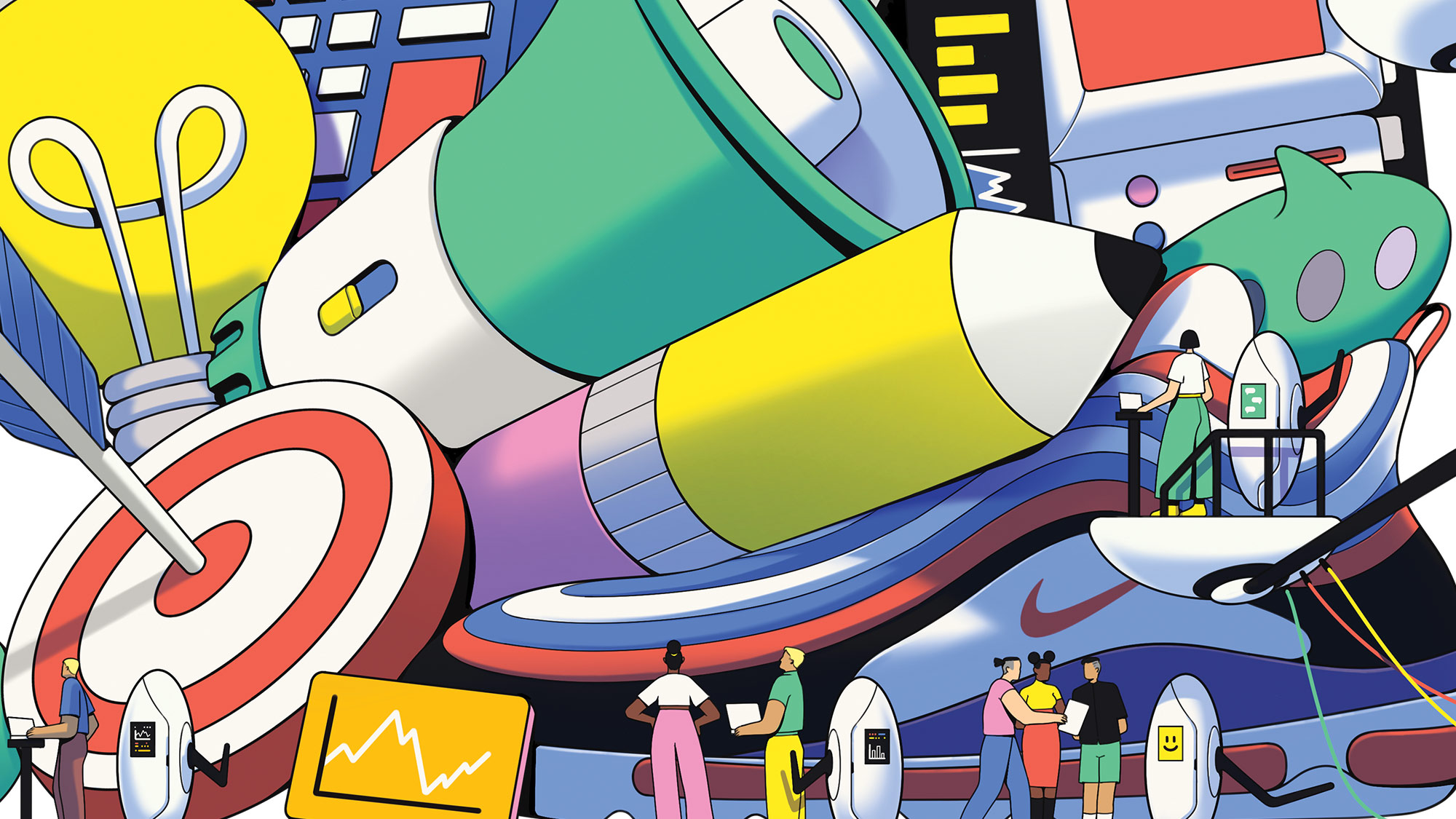How AI Can Power Brand Management
Few brands are more iconic than Nike. From its swoosh logo to its slogan “Just Do It,” the company has mastered the artistry necessary to build a renowned brand. So when Nike asked Obvious, a trio of Parisian artists who make AI-inspired designs, to develop new iterations of the Air Max sneaker in 2020, it wanted to be sure the designs wouldn’t deviate too dramatically from Nike’s signature style. Obvious trained its generative AI model by feeding it pictures of the Air Max 1, the Air Max 90, and the Air Max 97 and used the model to create a vast array of design ideas. Then, drawing on their own knowledge and perception of broader fashion trends along with Nike’s marketing objectives, the trio iteratively tweaked the model until it produced a design that struck the right balance between novelty and staying on brand. The design incorporated many of the stylistic elements of the classic Air Max but blended them with new colors, shapes, and patterns to achieve a fresh, cool feel. The limited edition shoes sold out in less than 10 days.

